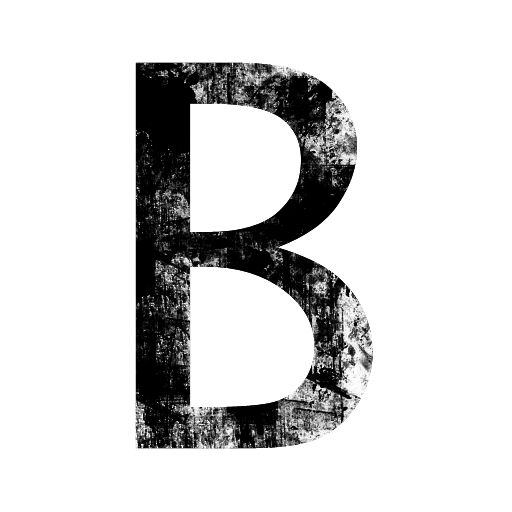This article delves into the essence of recurbate, exploring its definitions, practical applications, and potential advantages.
Definition and Etymology
The primary definition of recurbate pertains to bending backward or curving inwards. It originates from the Latin verb “recurvare,” which translates to “to bend back” or “to curve again.” The prefix “re-” signifies repetition or backward motion, while “curvare” means “to bend.”
Here’s a breakdown of recurbate’s etymology:
- Latin: recurvare (re- + curvare)
- Meaning: to bend back, to curve again
Applications of Recurbate
Recurbate transcends a single field of application. Here are some prominent areas where it finds use:
1. Biology:
In biology, recurbate describes plant structures that curve inwards or downwards. Examples include:
- Recumbent leaves: Leaves that lie flat on the ground with their tips curving upwards. (e.g., some violets)
- Recurved claws: Claws that bend inwards at the tip, often seen in birds of prey for gripping.
2. Architecture:
Architectural elements can also be recurbate. These include:
- Recurved arches: Arches that curve inwards at the top, creating a horseshoe-like shape. (e.g., some Moorish architecture)
- Recurved beams: Beams that bend inwards slightly at the center for aesthetic or structural reasons.
3. Mathematics:
Within mathematics, recurbate can describe a function or curve that bends back on itself. Here’s an example:
- Recursively defined functions: Functions where the output depends on the function’s value for smaller inputs. These functions can be seen as “bending back” on themselves to reach a solution.
4. Literature:
In literature, recurbate can be used metaphorically to describe ideas, themes, or plots that loop back or revisit earlier concepts.
5. Other Applications:
Recurbate may also find use in less common areas like:
- Geology: To describe rock formations that fold inwards.
- Engineering: To describe components designed with an inward curve.
Potential Benefits of Recurbate Designs
Incorporating recurbate elements can offer various advantages depending on the context. Here are some potential benefits:
- Biology: Recumbent leaves in plants might help conserve water in dry environments. Recurved claws in animals can enhance grasping ability.
- Architecture: Recurved arches can provide a sense of enclosure and stability. Recurved beams can distribute weight more evenly.
- Mathematics: Recursive functions can simplify complex problems by breaking them down into smaller, repetitive steps.
Important to Note:
It’s crucial to remember that the benefits of recurbate designs depend on the specific situation and application. In some cases, a straight or outward-curving design might be more suitable.
Beyond the Definition: Figurative Use of Recurbate
While the primary meaning of recurbate focuses on physical bending, it can also be used figuratively. Here are some examples:
- Recurbate conversation: A conversation that keeps circling back to the same topics.
- Recurbate logic: A line of reasoning that loops back on itself and doesn’t reach a clear conclusion.
In Conclusion
Recurbate, though not a widely used term, holds significance in various disciplines. Understanding its definition, applications, and potential benefits equips you to identify and appreciate recurbate elements in the world around you. Whether encountering it in the form of a plant’s leaves, an architectural arch, or a mathematical concept, recurbate adds a layer of complexity and intrigue to our understanding of the world.
- Provide more detailed examples of recurbate structures in biology, architecture, and other fields.
- Discuss the historical use of recurbate designs in different cultures and architectural styles.
- Explore the mathematical concept of recursive functions in greater depth, including real-world examples.
- Analyze the figurative use of recurbate in literature and discuss its impact on the narrative or thematic structure.

